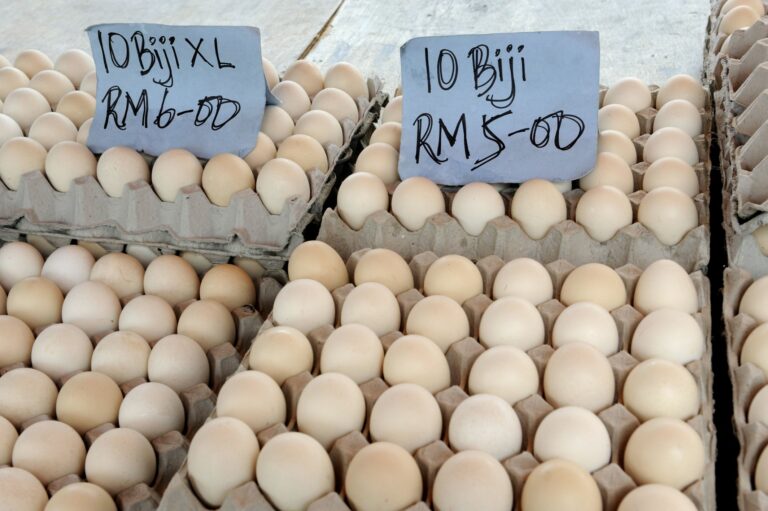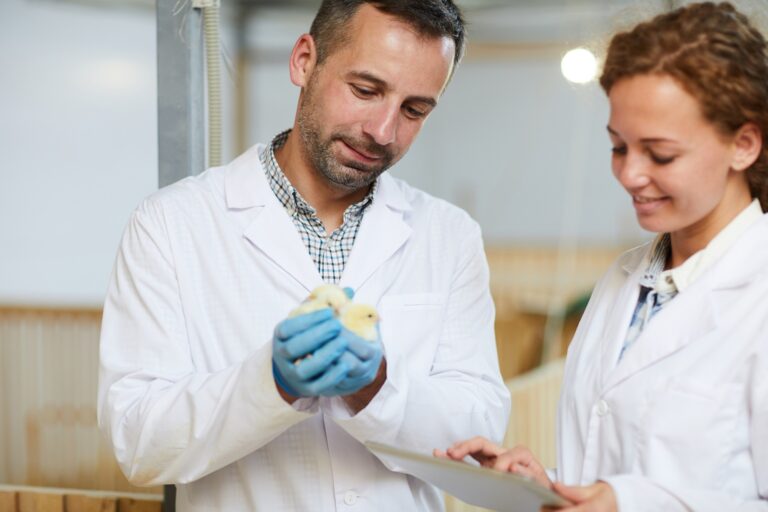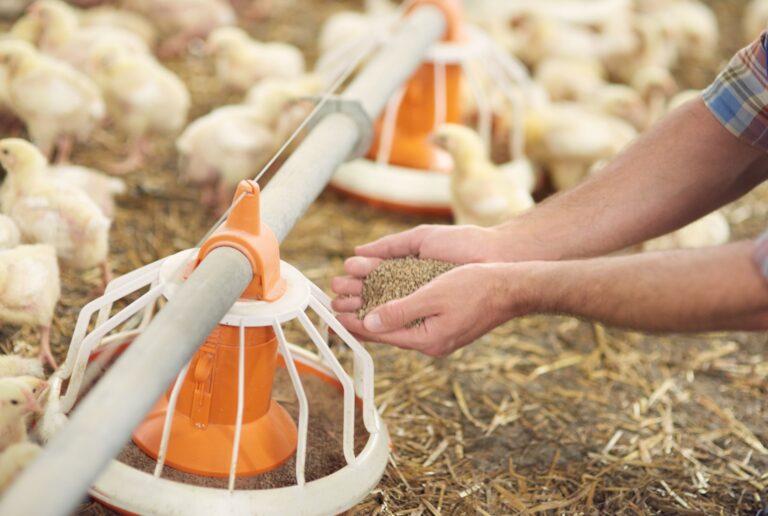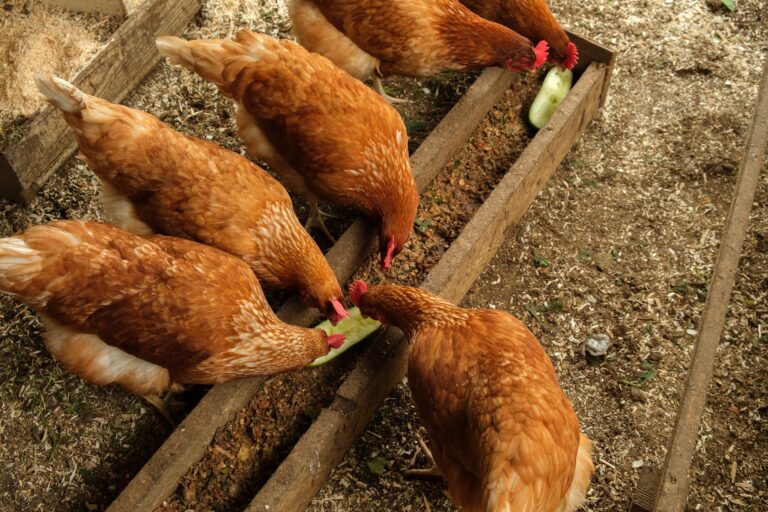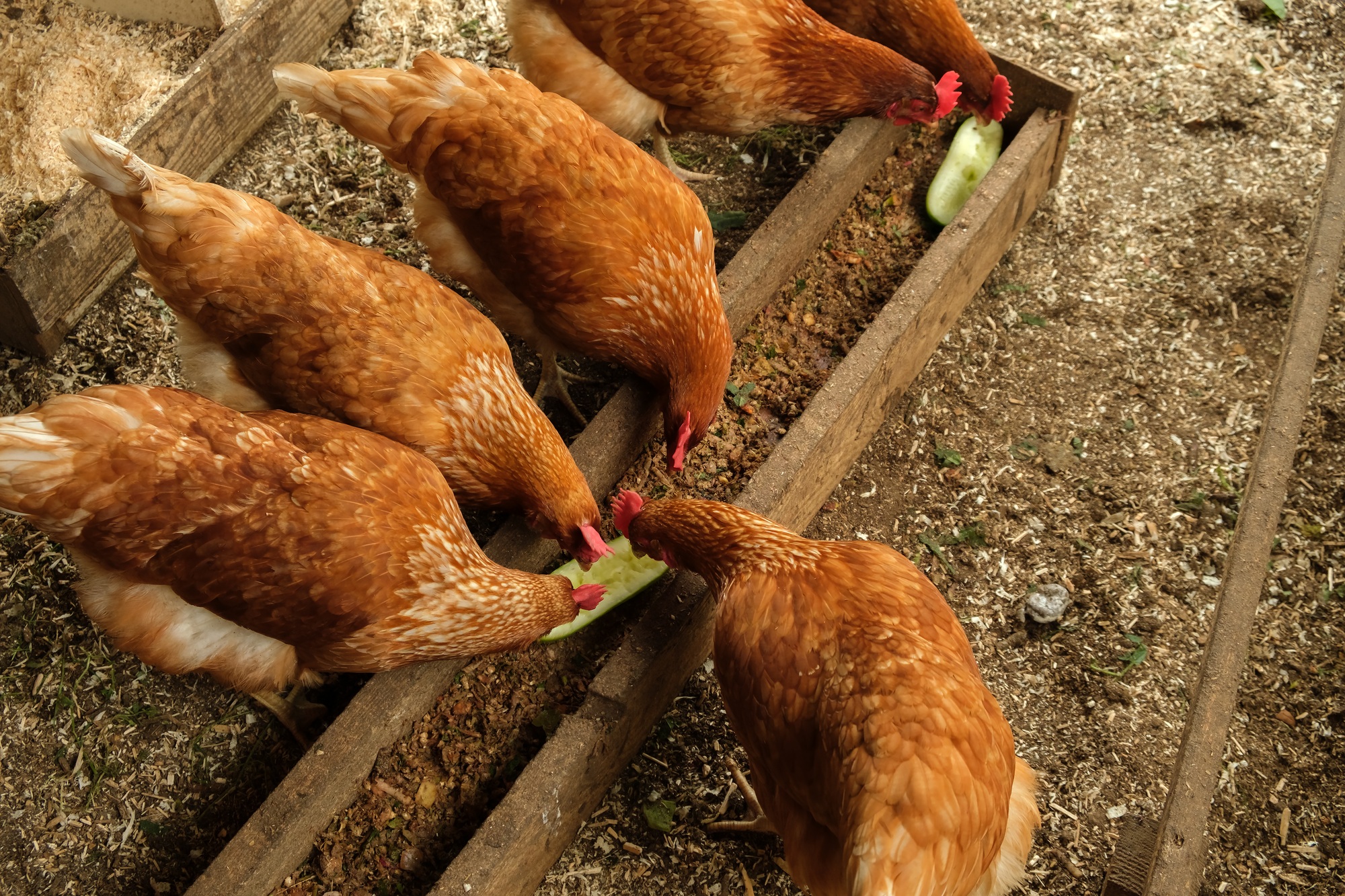
Red chickens eat cucumbers. Natural food for poultry.
In the vibrant world of poultry farming, the stakes are high. Every hatchery knows that the key to a thriving operation isn’t just about increasing numbers but ensuring the health and vitality of their flocks.
Imagine a bustling hatchery, a hub of activity where chickens chirp and peck their way into life. But lurking in the shadows are viruses and infectious diseases ready to strike. What if you could arm your birds with an invisible shield, a forcefield against these unseen foes ?
This is where vaccination steps into the spotlight. Dive into the compelling world of hatchery vaccination, a strategy that not only curtails disease mortality but protects the lifeblood of your production.
Understanding the Poultry Disease Landscape
Poultry diseases are as varied as they are virulent, with some notorious enough to bring operations to a screeching halt. Newcastle disease, for example, is a viral infection that has left a trail of devastation across global poultry stocks. These diseases don’t discriminate, preying on the young and old, the weak and robust. The impact isn’t just a matter of lost birds but lost economic potential.
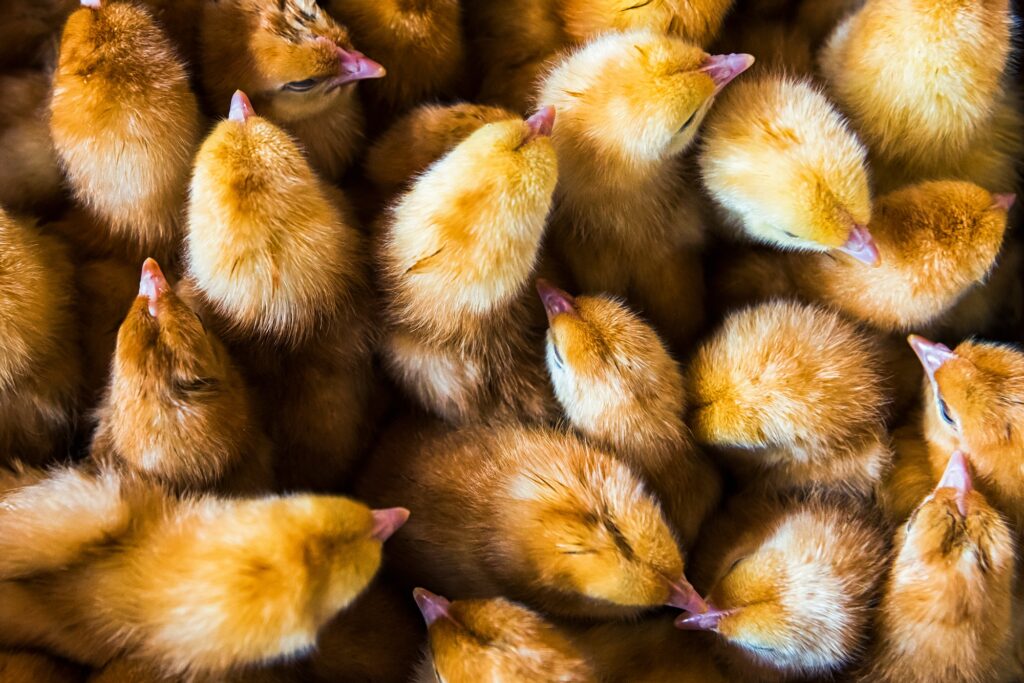
When we talk about poultry diseases, we aren’t merely referring to sick birds. We are discussing potential outbreaks that could decimate flocks, disrupt the food chain, and lead to financial ruin. That’s why understanding the disease landscape is crucial for any hatchery. It provides the blueprint for prevention, offering insights into the pathogens most likely to affect your flock. By mapping out these threats, hatcheries can tailor their vaccination strategies, ensuring that the most dangerous diseases are targeted first. This is the cornerstone of a robust disease management plan: knowledge is power. Curious to find out more? Visit the official Poultry CEVA website.
The Science Behind Vaccination
Vaccination isn’t just a buzzword; it’s a meticulously crafted process rooted in science. At its core, a vaccine introduces a controlled amount of a live or inactivated virus to the immune system. This prompts the system to launch a defensive response, equipping the bird with the necessary defenses to fend off future attacks.
In the world of poultry, live vaccines are often the go-to choice. They induce a stronger immune response, gearing the birds up for future encounters with infectious agents. The challenge, however, lies in the administration. Vaccination must be precise; too little, and the bird remains vulnerable. Too much, and the bird could become infected.
This balancing act is where hatchery vaccination shines. By vaccinating at the hatchery stage, you ensure that every chick receives the correct dose, optimizing immune development and setting the stage for healthier flocks. Beyond just preventing disease, vaccination promotes a more predictable production cycle, reducing the need for emergency interventions like antibiotics.
The Hatchery Vaccination Process
Stepping into a hatchery during vaccination day is like witnessing a well-oiled machine in action. Each step is deliberate, each action precise. The process begins even before the eggs hatch. In-ovo vaccination, where vaccines are administered to the developing embryo, sets the stage. This early intervention offers a head start, preparing chicks to face disease challenges the moment they step into the world.
Once hatched, chicks might receive further doses through spray or eye-drop vaccinations. These methods ensure that the vaccine is administered quickly and efficiently. The beauty of hatchery vaccination is its efficiency. In just a single day, thousands of chicks can receive a protective boost, a feat that would be unimaginable in any other setting.
The true magic lies in the logistical prowess of the hatchery team. Coordinating the vaccination of thousands of chicks requires not just scientific know-how but exceptional management skills. Each chick, once vaccinated, carries with it a promise of reduced disease mortality, translating to increased productivity and profitability for the business.
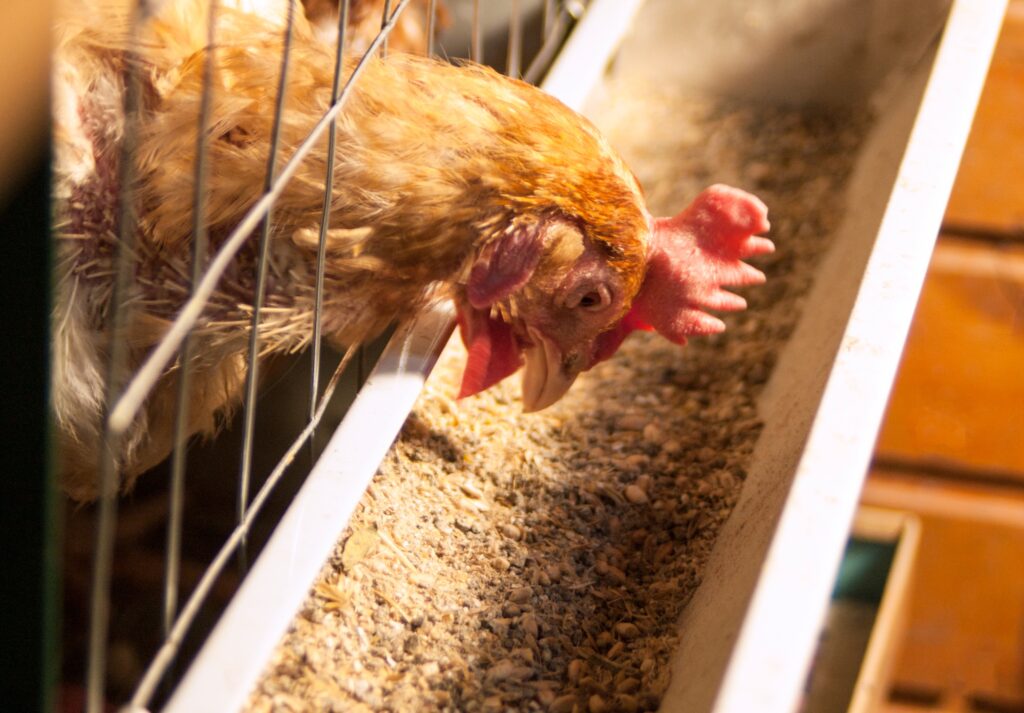
Benefits and Challenges of Hatchery Vaccination
The advantages of hatchery vaccination are manifold. For starters, it offers a uniform protection level across the flock. This uniformity translates into more predictable production cycles and, ultimately, more stable financial outcomes.
Moreover, by vaccinating at the hatchery stage, you can significantly reduce stress on the birds. Stress can compromise the immune response, making them more susceptible to infection. Hatchery vaccination circumvents this issue, ensuring the birds are armed and ready before they face the world.
However, challenges remain. The costs associated with vaccines and the necessary infrastructure can be prohibitive for smaller operations. There is also the constant threat of new viral strains that can render existing vaccines less effective.
Staying ahead of these evolving threats requires continuous monitoring and adaptation, a task that can be daunting but remains essential for maintaining herd immunity. In a world where diseases lurk around every corner, hatchery vaccination stands as the frontline defense against potential devastation. It transforms vulnerability into resilience, equipping birds to not just survive but thrive. As we look to the future, the importance of a robust vaccination strategy cannot be overstated.
For those willing to invest in this proactive approach, the rewards are clear: healthier birds, more predictable production outcomes, and a stronger, more resilient poultry industry. So, as you consider your next steps, remember this: the key to safeguarding your flock lies in the strength of your vaccination program. Arm your birds early, and watch them soar.

